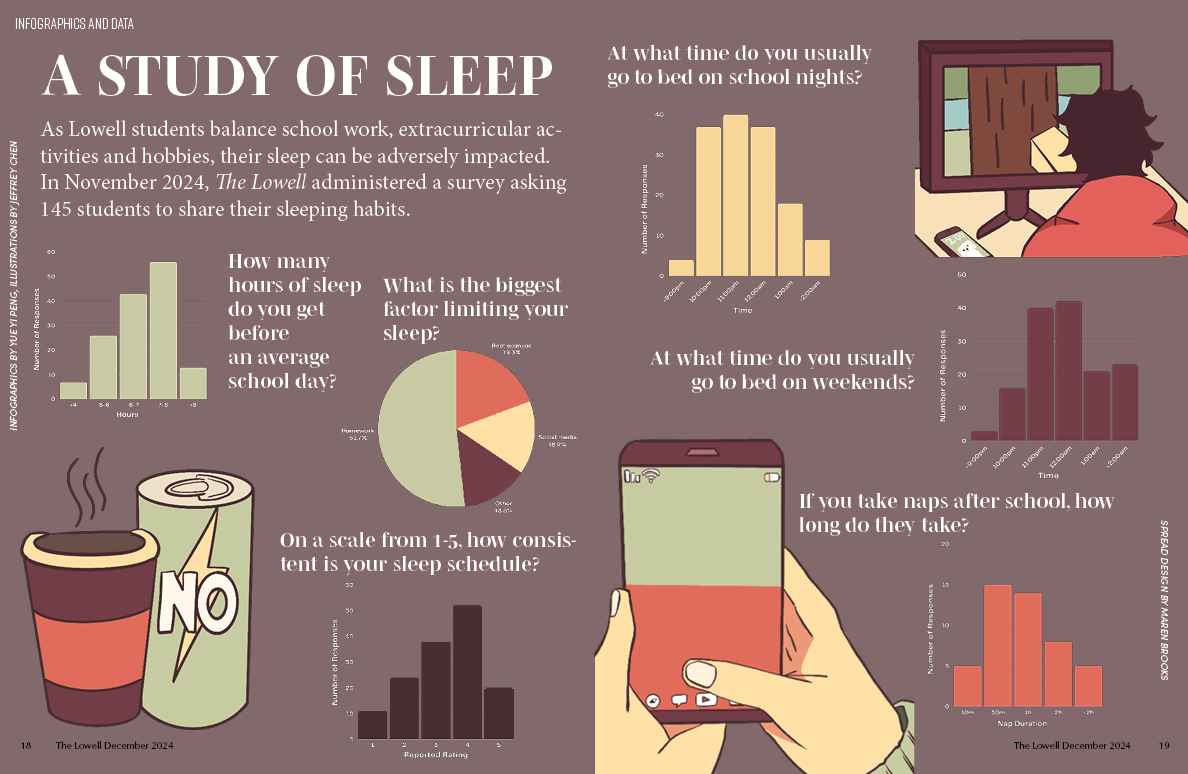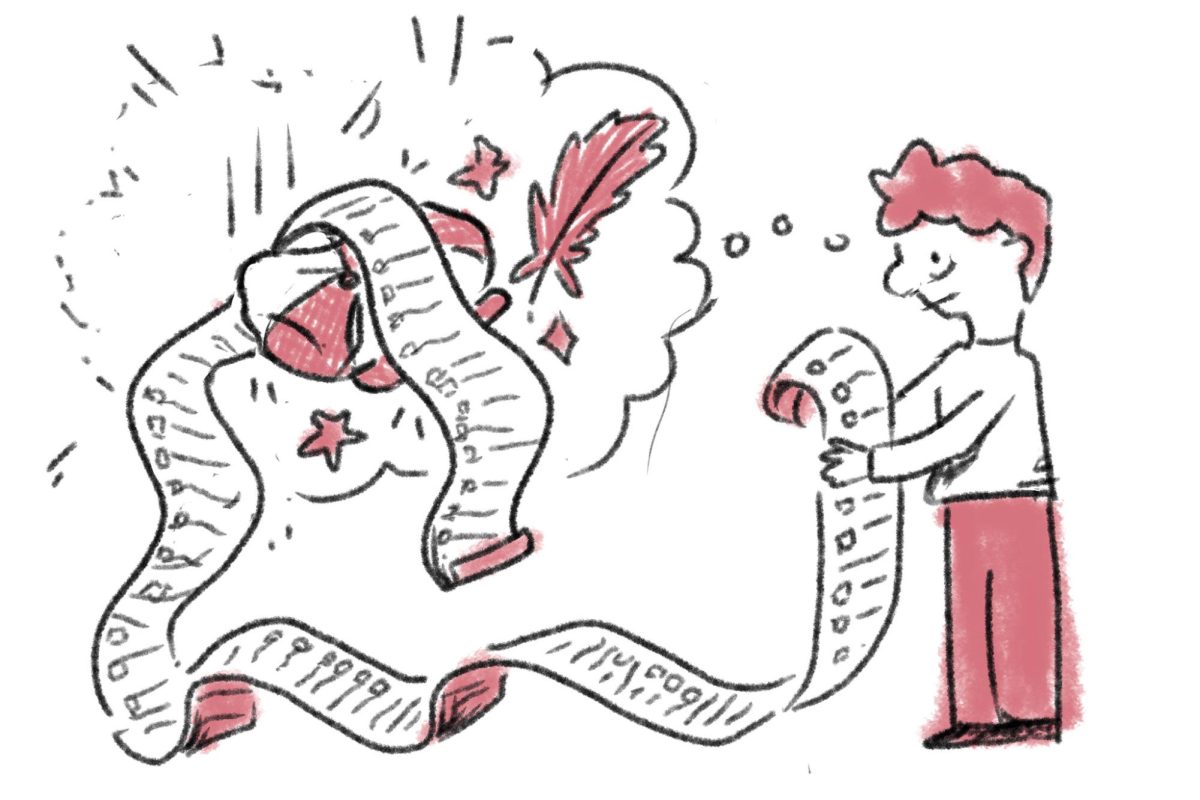Students zoning out or eating, unable to focus in afternoon classes has become an all too common sight. This behavior is a direct result of Lowell’s current bell schedule, which forces students to eat lunch as early as 10:15 a.m., prompting some students to go over four hours after lunch without any break in classes. These early lunches pose not only health concerns for students, but also disrupt students’ academic pursuits. Lowell’s administration must revise the bell schedule to have later lunch times.
These early A lunch blocks are a result of Lowell Administration’s decision to remove the registry from this year’s Thursday schedule to allow for 90-minute classes on both Wednesday and Thursday. Combined with the need to manage cafeteria crowding, the resulting schedule has had detrimental effects on students’ health and academic performance and must be modified to remedy these concerns.
Many students forced to eat at 10:15 are unable to eat enough to sustain themselves through their classes. This results in students becoming hungry and tired in their later classes. Studies have found a negative correlation between student hunger and concentration and performance in school. According to No Kid Hungry, 80 percent of teachers observed that hunger had a negative impact on student concentration and 76 percent saw decreased academic performance. The Centers for Disease Control’s research has also shown that hunger is associated with lower grades, higher rates of absenteeism, repeating a grade, and an inability to focus among students.
The harm of early lunch on Thursdays is compounded by the following three consecutive 90-minute long classes that students have to endure. This amounts to four hours and 45 minutes in a row of classes, with nothing more than five minutes of pushing through the hallways in between. According to California’s lunch and paid break laws, employers would not allow this schedule for a non-exempt employee. If workers wouldn’t be subjected to this schedule, why are we?
In addition, the inconsistent meal times, which can vary by over two hours, are detrimental to students’ health. The current bell schedule allows for students who normally have 4B lunch, starting as late as 12:30 p.m. to also have 3A lunch on Thursday which starts at 10:15 a.m., resulting in a two-hour 15-minute variance in some students’ lunch schedules. According to Healthline, a consistent meal schedule is linked to weight loss, increased energy, and a reduction in metabolic risk factors for chronic disease. Removing early meal times from our schedule would provide more consistent meal times thus improving student health.
In contrast to the schedules of nine other SFUSD high schools (Burton, Washington, Lincoln, SOTA, Balboa, Galileo, O’Connell, Marshall, and Wallenberg), Lowell stands out in having the earliest lunch start. Among these schools, the earliest lunch commencement is at 11:20 a.m. at O’Connell High School, more than an hour later than Lowell. Within SFUSD, Lowell is a clear outlier, defying the norms of reasonable lunch schedules. By adopting successful strategies employed by other SFUSD high schools, Lowell can ensure that its schedules better accommodate the needs and health of its students.
It is crucial that Lowell’s administration takes steps to address the timing of lunch schedules. The current situation adversely affects students’ well-being and hinders their academic performance. By adjusting the bell schedule to provide later, more consistent lunch times, Lowell’s Administration can create an environment that better supports students’ physical health and academic performance during their school day.














